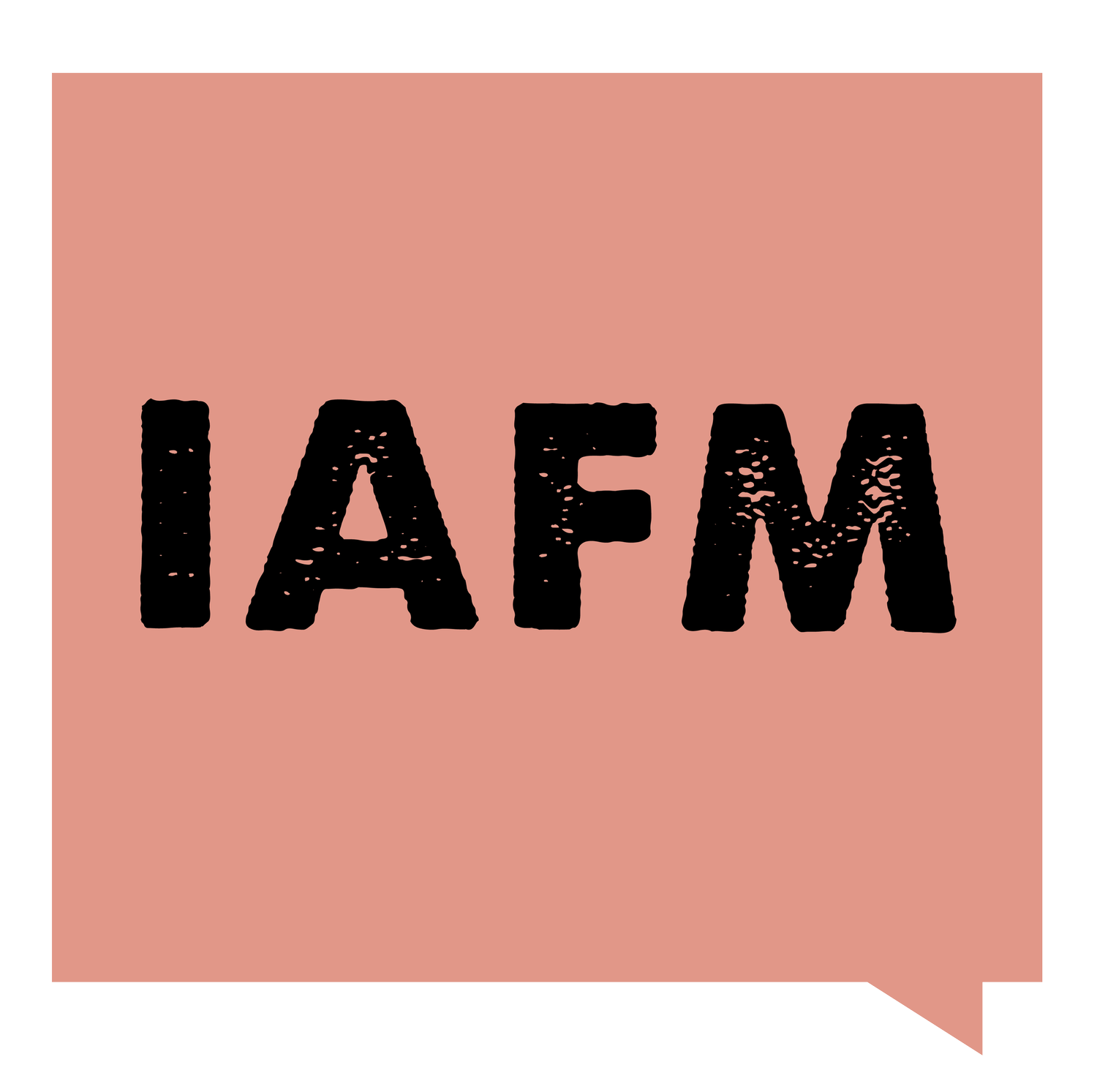The History of Fairfield’s Old Town Hall
Old Town Hall in its present-day form, as pictured on historicbuildingsct.com
Imagine waking up on a warm, sunny summer morning, and as you get dressed and start to get ready for work, your neighbor pounds on your door, freaking out, and tells you that enemy troops have just been spotted and are about to invade your town. For Fairfielders, on Wednesday morning, July 7, 1779, this was reality.
According to fairfieldct.org’s town history page, Fairfield residents were awoken to the warning that British ships had been spotted coming from Long Island and were encroaching the beaches. While chaos and fear about an invasion ensued, some residents collected their valuables and livestock and headed more inland. Despite the hysteria, many stayed behind, gathered their ammunition, and prepared to defend Fairfield.
The only known portrait of General William Tryon, who lead the British troops in the Burning of Fairfield on July 7, 1779. Photo from the N.C. Museum of History.
When the British troops led by General William Tryon landed on what is present-day South Pine Creek Beach, they marched east until they reached Beach Road and continued their siege inland. While local militiamen opened fire on the red coats, they marched up Beach Road and began to burn down house after house, one of which was the Court House on the Town Green at the intersection of present-day Old Post Road and Beach Road. At the time of its burning, the Court House was only ten years old.
Fairfield struggled to recover after the burning for quite some time. When First President George Washington visited our town in 1789, he noted the impact the British left behind a decade earlier, saying, “The destructive evidence of British cruelty are yet visible both in Norwalk and Fairfield; as there are the chimneys of many burnt houses standing in them yet."
Come 1794, it was time for Fairfield to rebuild its legal hub, and the construction of a new building on the town green began. When it was completed, it served as not only a courthouse but became a town hall as well.
Photo from historicbuildingsct.com
According to historicbuildingsct.com, the building was given a facelift in 1870 and remodeled to an ornate Second Empire style, making it look more like a Southport mansion than a municipal building. At this point in time, the property officially became a town hall solely and no longer a courthouse.
In a 2014 article in the Fairfield Citizen commemorating Fairfield’s 375th Anniversary, it is said that Town Hall was remodeled back to Federal style in 1936, its original look, and that is how we see it today. Also, in this remodel, the wings we see on both sides were added to create more office space. That remodeling project was paid for by Emma Jennings Auchincloss, a wealthy member of the town's Jennings family, of which many roads and buildings are named after in Fairfield.
Despite the expansion in the 1936 renovation, people needed more space for offices, and Fairfield was growing rapidly like much of American suburbia. In 1979 many essential town operations such as Finance, Zoning, and the First Selectperson’s office moved into the new, more modernized Sullivan Independence Hall on 725 Old Post Road. Despite this move, Town Hall still houses offices such as the Town Clerk, Tax Collector, Assessor, and the Credit Union.
Quite a monumental moment in Fairfield history occurred on October 26, 1984, when President Ronald Reagan was met by a huge crowd on the green while holding a speech in front of Old Town Hall during his re-election campaign. A commemorative plaque recognizes this event on the building to the front door’s left, donated by the Fairfield Board of Realtors.
This year, going on its 227th birthday, Old Town Hall is arguably the most iconic building in Fairfield. While its origin runs deep in town history and American history, Old Town Hall stands today on the town green looking just as it did in 1794.
To learn more about the Burning of Fairfield and Old Town Hall, visit:
https://www.fairfieldct.org/content/10724/12146/12165.aspx
http://historicbuildingsct.com/old-town-hall-fairfield-1794/
https://todayincthistory.com/2019/07/07/july-7-the-burning-of-fairfield-2/




